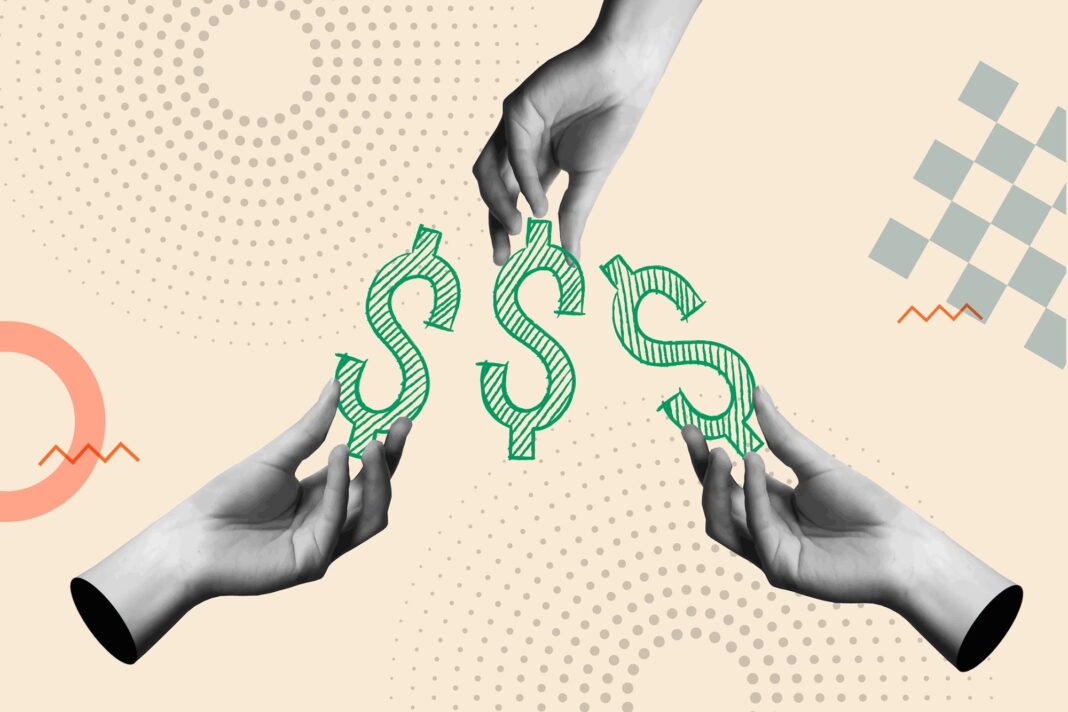Opinions expressed by Entrepreneur contributors are their own.
I have a company called Emilia George, a retail and lifestyle brand concept I developed two months after my doctorate and one month before my older son was born while I worked at the UN.
I was the ultimate outsider. As a first-generation American living in Manhattan, I had neither a house in the Hamptons nor a family connection to the private school boards. I never tried to lose my baby weight (times two), and I put on makeup less than five times a year. I did not have a business or fashion degree. Yet here I was — launching a brand in a market that’s toughest for even the rich and the power to crack.
And just like that, we had almost half a million in revenue in the first year (and during Covid). We were profitable three out of the four years; the only year we were not profitable was when we had a lot of non-repeatable costs on branding agency, opening our first brick-and-mortar. I’ve built an incredible team that is with me day and night, and we successfully recruited multiple summer interns from Harvard Business School and Columbia Business School — all while bootstrapping the business.
Every business raises money for different reasons and deals with investors differently. I believed it was time to raise funds for my company only when we had developed a profitable model and were primed to scale our business innovation.
I’ve done angel investing through SPVs and direct investment in six figures. Now, speaking from the other side of the table, I have learned so much in the first three months of preparing our business for fundraising and starting to receive checks and soft commitments. There are things you can only know when you begin the process.
Related: 3 Things I Learned in the First 3 Months of Starting My Company
Any investor response is a blessing — and do not take it for granted
As someone who did not come from the venture funding ecosystem or graduate from schools where targeted funds are on standby to invest, I took the route of general solicitation under SEC 506(c). This means that the company needs to take extra steps to verify an investor’s accreditation status before they can invest. There are online services that provide such an accreditation quickly.
While we dream about “Yes,” a “No” is the next best thing. It saves time and provides insights into whether you are talking to the right investors for your business. If an investor decides to share more information on the reasons behind the “No,” I consider it a blessing. All the feedback on the fundable stage, sectorial interest, and investment thesis helped me narrow down the list of investors further to approach. Time is the only equity that’s too expensive to dilute.
Focus on angel investors who also have strategic value
Countless LinkedIn profiles have “investor” in the title. Some may meet the criteria to be considered an “accredited investor” set by the SEC, but others may not. Are you looking for direct investment or working with a fund that offers investor membership so you can always invest in an SPV with a much smaller check size? I personally found that angels who bring strategic value, either in an area of expertise or network resources, are invaluable. Any strategic partnership an investor brings on could be worth five or six figures. The same mindset when people give away hefty equity to Sharks at Shark Tank because they are strategically important. That said, one should do due diligence on any investor you talk to or share your business with. Returning to the countless LinkedIn profiles with investors in the title, not everyone is accredited or active. Be wary of everyone who approaches you first because, more often than not, they have a service to sell to you. Usually, when someone fundraises for the first time, they also could benefit from exploring advisor options. Focusing on strategic investors is so impactful if you are genuinely in it for the long haul.
Related: Why Investors With an Entrepreneurial Past Are Crucial to Startup Success
Make haste slowly — protect your brand
When my VC friend told me to prepare at least six to 18 months for a round, I said, “No way!” Then, I heard founders tell me they have been fundraising for three-plus years, or some fundraised nonstop from the day they launched the business to the day they died down.
Building a successful brand takes a lot of money; protecting a successful brand takes a lot of money and more than just money. Techcrunch articles certainly do not help founders to be patient with all the glitzy fundraising success, even though nobody talks about the long process and how much family and friends may need to help to get any momentum going. Babba, founder of Ceremonia, mentioned during a recent fundraising event that she raised $1 million from family and friends to start. The brand is sensational, and it was incredibly forthright of her to share how her journey began.
The point is to do your best to position and protect your brand so that you are ready to face external players’ judgment (good or bad). Once you expose your brand to others and ask for money, it is impossible to un-expose it. You have to be tenacious and resilient enough to uphold your valuation.
There is only one chance to make a first impression. The question founders often do not ask themselves enough is, “Why raise?”
